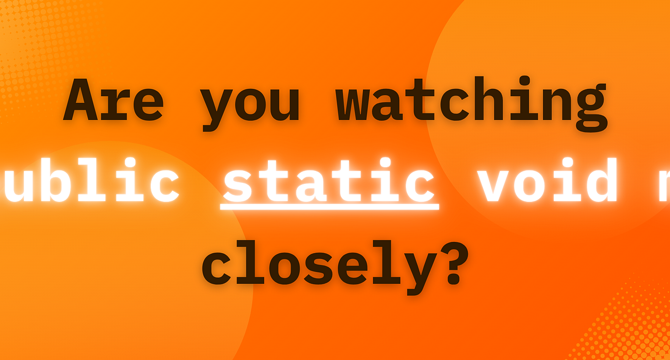Medium
1w
121

Image Credit: Medium
Which Came First: The Chicken or the Egg? Mysterious Entry Point of a Java Program
- Java programming language tackles the dilemma of starting an object-oriented application without any existing objects through the concept of the static universe.
- Java's static realm serves as a foundational structure necessary for the creation and operation of objects in the program, resolving the paradox of the chicken-and-egg scenario.
- The use of static elements in Java, like static fields and methods, acts as a bridge that facilitates the transition from inert bytecode to a dynamic system of object instances.
- Understanding and utilizing static constructs judiciously in Java programming is essential for maintaining the integrity of object-oriented principles while handling practical software development challenges effectively.
Read Full Article
7 Likes
For uninterrupted reading, download the app